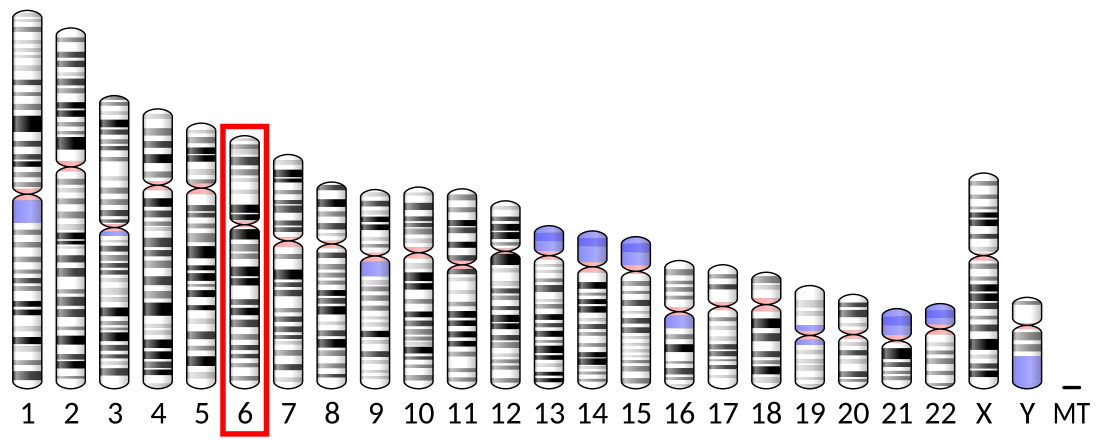Top Qs
Timeline
Chat
Perspective
FKBPL
Protein-coding gene in the species Homo sapiens From Wikipedia, the free encyclopedia
Remove ads
FK506-binding protein like, also known as FKBPL, is a protein that in humans is encoded by the FKBPL gene.[5]
Remove ads
Function
FKBPL has similarity to the immunophilin protein family, which play a role in immunoregulation and basic cellular processes involving protein folding and trafficking. The encoded protein is thought to have a potential role in the induced radioresistance. Also it appears to have some involvement in the control of the cell cycle.[6]
FKBPL is involved in cellular response to stress. It was first isolated in 1999 and was initially named DIR1.[7] It was later reclassified because of its homology to the FKBP family of proteins and was renamed FKBP-like (FKBPL). A separate study that found it to be involved in the stabilisation of newly synthesised p21 termed it Wisp39.[8]
It is known to interact with Hsp90, glucocorticoid receptor and dynamitin and may play a role in signalling, like other FKBPs.[9]
FKBPL has also been shown to influence estrogen receptor signalling and can have a determinant effect on response to the breast cancer drug tamoxifen.[10]
Remove ads
References
Wikiwand - on
Seamless Wikipedia browsing. On steroids.
Remove ads




